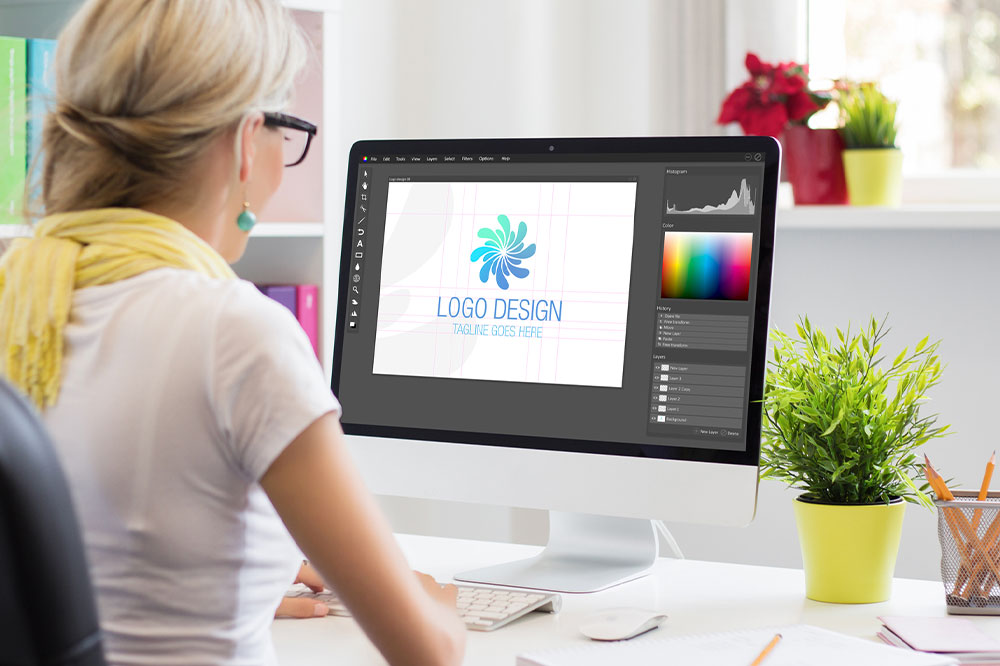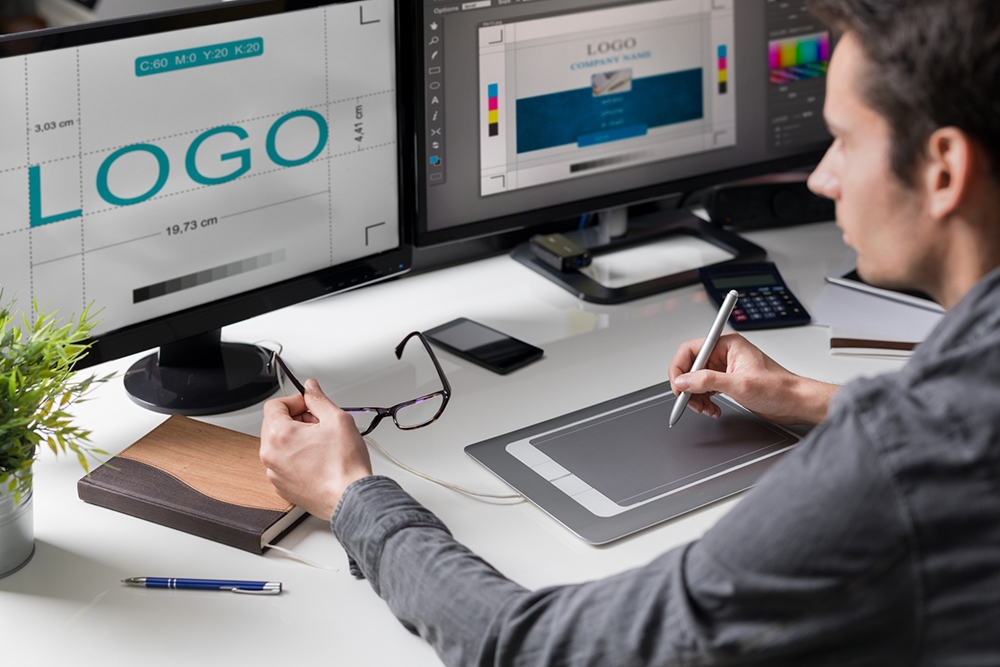Effective Strategies for Creating Standout Business Cards
Learn how to craft eye-catching business cards with these essential tips, including choosing the right size, embracing minimalism, selecting appropriate colors and fonts, and testing your design before printing. These strategies will help your cards stand out and make a memorable first impression, enhancing your brand visibility and professional reputation.
Sponsored

Your business card makes a lasting first impression, reflecting your professionalism and inviting potential clients to connect. Designing an impactful card involves careful consideration of various elements, which can sometimes feel overwhelming. Here are key tips to help your business card stand out and leave a memorable mark. Let's explore these strategies!
Choose the appropriate size and shape
Select a shape and size that align with your brand identity. Remember, this choice also influences how much information you can include on the card.
Depending on your brand image, opt for a traditional horizontal layout or choose a vertical design for a modern twist. You can also customize the shape to complement your products or services, making your card uniquely memorable.
Embrace minimalism
Less is more when it comes to business cards. Space is limited, so ensure all elements—logo, name, contact info—are proportionate and visually balanced. An attractive, clean design enhances readability and appeal.
Limit your information to essentials such as your logo, name, address, website, and contact number. If your business is primarily digital, consider including social media handles on the back of the card.
Use colors and fonts thoughtfully
Color schemes and typography play a crucial role in reinforcing your branding. Choose colors and fonts that match your company's style and marketing materials. If you're unsure, hiring a professional graphic designer can help ensure that your card's design is cohesive and top-quality. While this incurs additional cost, it guarantees clarity, sharp resolution, and visual harmony.
Preview and test your design
Avoid mass printing without testing. Create a small batch and gather feedback from friends or colleagues. Use their insights to refine the design, making sure it communicates effectively and leaves a positive impression.






